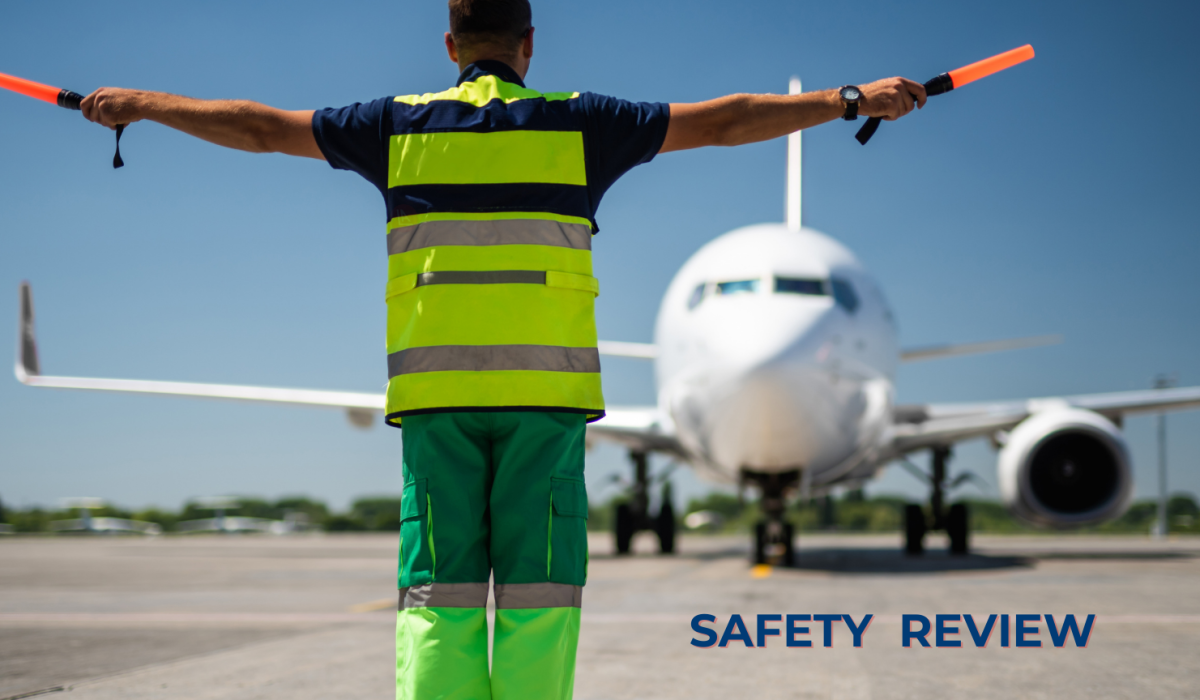Aviation Safety is our collective responsibility
Aviation safety is a preeminent concern in the aviation industry, with stringent measures in place to ensure secure and reliable air travel. Strict safety protocols, advanced technologies and comprehensive training programs all help to contribute to the overall aviation sector safety record.
Governing Framework
Regulatory bodies, such as the International Civil Aviation Organization (ICAO), establish and enforce international safety standards. National and regional regulatory authorities, including the Federal Aviation Administration (FAA) in the United States, the South African Civil Aviation Authority (SA CAA) and the European Union Aviation Safety Agency (EASA), oversee compliance with these standards, to maintain the highest levels of safety.
Safety Management System (SMS)
The implementation of a Safety Management System is a crucial component of aviation safety. SMS allows organisations to identify and mitigate potential risks, by integrating safety into all aspects of their operations. This proactive approach involves risk assessment, safety planning, incident reporting and investigation with continuous monitoring, to ensure ongoing safety improvements.
Human Factors
Pilot training, competency and human factors are all key aspects of aviation safety. Rigorous training programs, simulator exercises and recurrent assessments ensure that pilots are well-prepared to handle challenging situations. Ongoing professional development programs are also essential, with continuous training updates helping to keep pilots updated on the latest safety practices
Advanced Technology
State-of-the-art technology plays a crucial role in enhancing aviation safety. Navigation systems and software applications, such as GPS, enable precise aircraft positioning. Collision avoidance systems, including Traffic Collision Avoidance Systems (TCAS) and Automatic Dependent Surveillance-Broadcast (ADS-B), provide real-time alerts and aircraft tracking capabilities to prevent mid-air collisions. Conducting continuous maintenance schedules and inspections will help to ensure the airworthiness of aircraft, with thorough quality assurance programs minimising the risk of equipment failure.
Collaborative effort
Ensuring aviation safety is a collaborative effort that involves airlines, regulatory bodies, manufacturers and aviation professionals from all fields. By adhering to strict safety protocols, utilising advanced technologies and prioritising ongoing training and maintenance, the aviation industry is striving to provide passengers with a safe and secure travel experience, thus making aircraft travel one of the safest methods of transportation worldwide.
